Jul 4, 2025
What Is the Right Spark Plug Socket Size for Your Needs?
When it comes to maintaining your vehicle, understanding the spark plug socket size is crucial. Whether you’re a seasoned mechanic or a DIY enthusiast, selecting the correct socket ensures that your spark plugs are installed securely and without damage. In this comprehensive guide, we will delve into everything you need to know about spark plug socket sizes, including how to determine the right size for your vehicle, the different types available, common mistakes to avoid, and maintenance tips to keep your sockets in top condition. By the end of this article, you’ll be equipped with the knowledge to make informed decisions, ensuring your engine runs smoothly and efficiently.
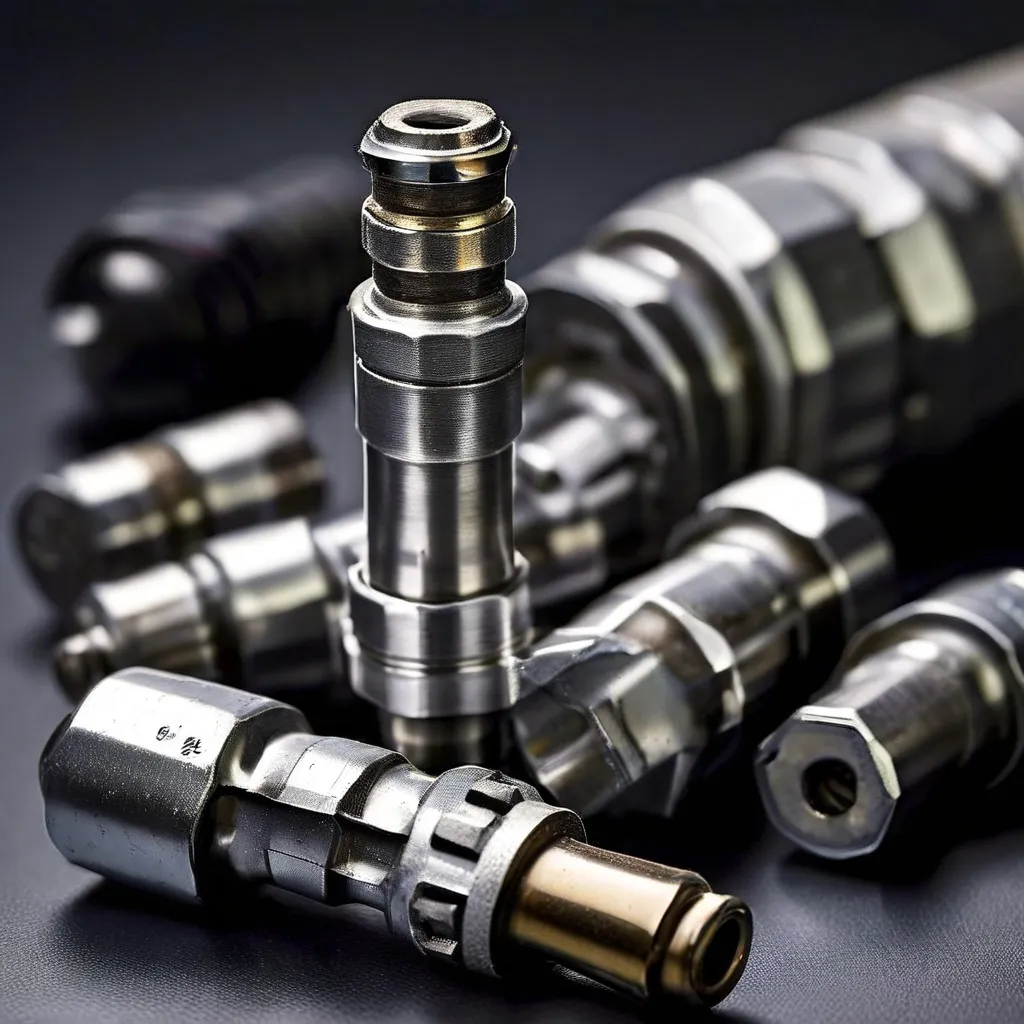 Understanding Spark Plug Socket
Understanding Spark Plug Socket
What is a Spark Plug Socket?
A spark plug socket is a specialized tool designed to fit over spark plugs, allowing mechanics and car owners to remove and install them with ease.
Common Spark Plug Socket Sizes
Spark plugs come in various sizes, and using the correct socket size is essential to prevent damage. The most common spark plug socket sizes include:
- 5/8-inch (16mm): Often used in older vehicle models.
- 13/16-inch (21mm): Common in a wide range of modern vehicles.
- 7/8-inch (22mm): Typically found in larger engines and some performance cars.
- 9/16-inch (14mm): Less common but used in specific applications.
Each size corresponds to the diameter of the spark plug, ensuring a snug and secure fit during maintenance.
OEM vs. Universal Socket Sizes
Original Equipment Manufacturer (OEM) socket sizes are designed specifically for certain vehicles, ensuring a perfect fit. On the other hand, universal socket sizes aim to accommodate a broader range of spark plugs. While universal sockets offer versatility, they may not provide the same level of precision as OEM-specific sockets. Therefore, it’s essential to verify compatibility with your vehicle’s specifications before making a choice.
How to Determine the Correct Spark Plug Socket
Step-by-Step Guide to Selecting the Right Size
- Consult Your Vehicle’s Manual: Start by checking the owner’s manual or service guide for your vehicle. It typically lists the recommended spark plug socket sizes for your specific engine model.
- Measure the Spark Plug: If you don’t have access to the manual, you can measure the spark plug’s diameter using a caliper. This measurement will help you identify the appropriate socket size.
- Check with a Mechanic or Parts Store: Professional mechanics and auto parts stores can provide valuable insights based on your vehicle’s make, model, and engine type.
- Use a Socket Set: If you have a socket set with multiple sizes, you can manually try different sockets to find the one that fits snugly over the spark plug without any wobbling or slippage.
Tools You Might Need
- Calipers: For accurate measurement of the spark plug diameter.
- Socket Set: A comprehensive set that includes various sizes of spark plug sockets.
- Torque Wrench: To ensure spark plugs are tightened to the manufacturer’s specifications.
- Spark Plug Gap Tool: To measure and adjust the gap between spark plug electrodes.
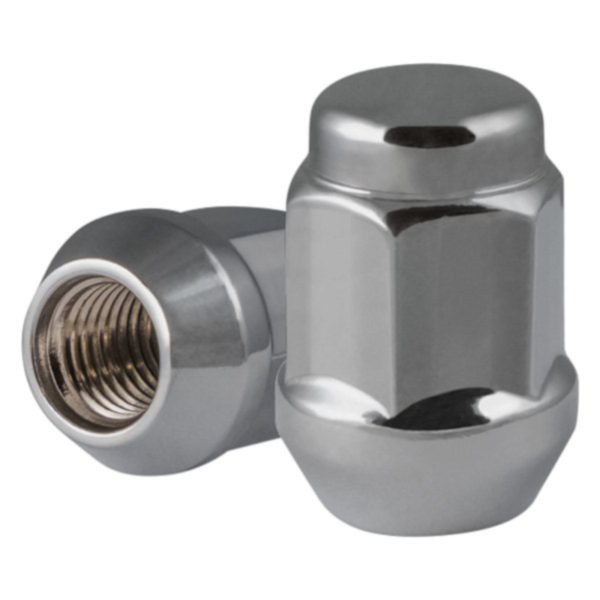 Benefits of Using the Correct Spark Plug Socket
Benefits of Using the Correct Spark Plug Socket
Preventing Damage to Spark Plugs
Using an incorrect socket size can strip the spark plug threads or damage the plug itself. A properly fitting socket ensures that the plug is held securely, reducing the risk of accidental damage during installation or removal.
Ensuring Proper Fit and Torque
Achieving the correct torque is vital for optimal engine performance. An appropriate spark plug socket size allows you to apply the precise amount of torque required, ensuring that the plug is neither too loose nor over-tightened.
Enhancing Safety During Maintenance
A well-fitted socket minimizes the chances of slippage, which can lead to accidents or injuries. It also ensures that the maintenance process is more efficient and less stressful.
Types of Spark Plug Sockets and Their Sizes
Standard vs. Deep Well Sockets
- Standard Sockets: These are suitable for spark plugs that are easily accessible. They provide a straightforward fit without any additional depth.
- Deep Well Sockets: Ideal for engines with deeply recessed spark plugs, deep well sockets offer extended depth to accommodate plugs that are set further back. Using the wrong type can lead to insufficient clearance or difficulty in managing the plug.
Magnetic vs. Non-Magnetic Sockets
- Magnetic Sockets: These sockets feature magnetized centers that hold spark plugs securely in place. They prevent the plug from falling out during removal or installation, enhancing convenience and safety.
- Non-Magnetic Sockets: While these do not hold the plug magnetically, they are often made from high-quality materials that provide a tight grip. Some non-magnetic sockets come with a rubber insert to aid in holding the spark plug.
Specialized Sockets
Certain vehicles or spark plug types may require specialized sockets, such as:
- Teflon-Coated Sockets: These provide a smoother surface, reducing the risk of damaging the spark plug’s ceramic insulator.
- Stainless Steel Sockets: Resistant to corrosion and wear, making them suitable for repeated use in harsh conditions.
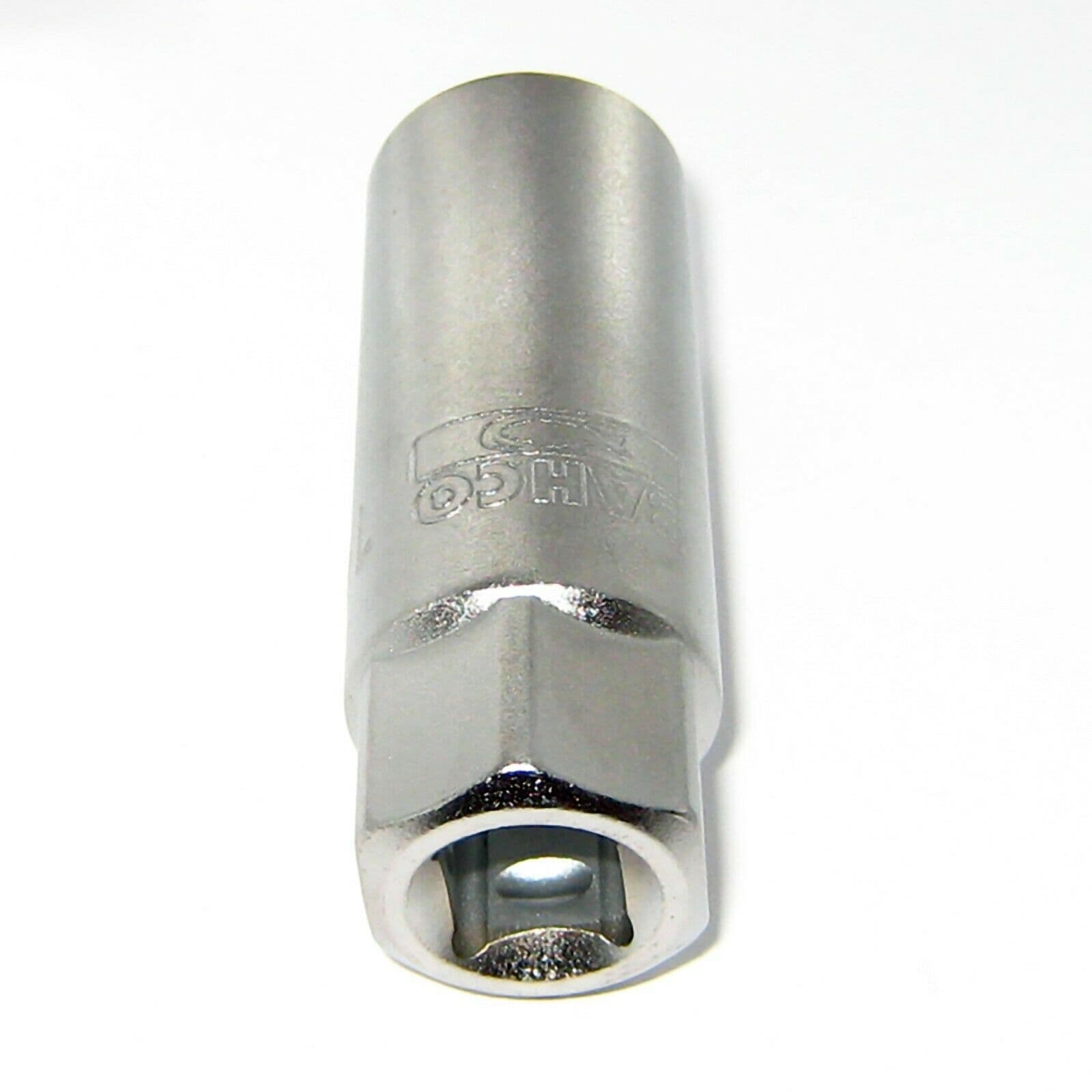 Common Mistakes When Choosing Spark Plug Socket
Common Mistakes When Choosing Spark Plug Socket
Using the Wrong Size Socket
One of the most common mistakes is selecting a socket that doesn’t fit the spark plug precisely. This can lead to stripping the spark plug threads or damaging the socket itself.
Ignoring Torque Specifications
Over-tightening or under-tightening spark plugs can cause significant engine performance issues. Always follow the manufacturer’s torque specifications to ensure optimal engine functioning.
Neglecting Socket Maintenance
Failing to keep your spark plug sockets clean and free from debris can impact their performance. Residue buildup can make it difficult to achieve a proper fit, leading to potential damage.
Not Using Proper Tools
Using makeshift tools instead of a dedicated spark plug socket can result in improper fits and increased wear on both the socket and the spark plug.
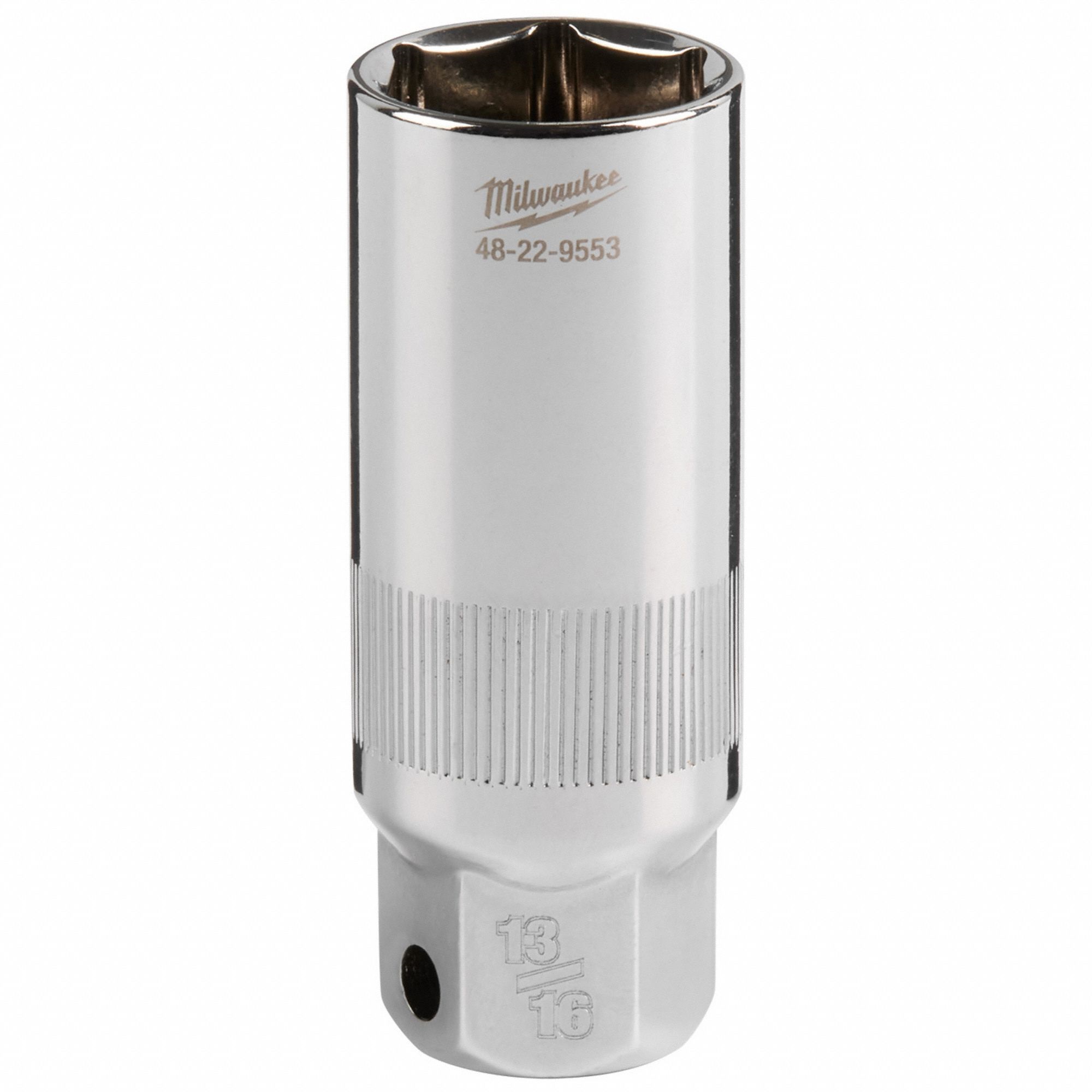 Top Recommended Spark Plug Sockets for Various Sizes
Top Recommended Spark Plug Sockets for Various Sizes
1. Craftsman 9/16-Inch Spark Plug Socket
This socket is highly recommended for its durability and precise fit. It features a deep well design, making it suitable for engines with recessed spark plugs. The magnetic center ensures that spark plugs remain in place during removal and installation.
2. Tekton 21mm Spark Plug Socket
Known for its high-quality construction, the Tekton 21mm socket provides a perfect fit for a wide range of vehicles. Its chrome-plated finish offers resistance to rust and corrosion, enhancing its longevity.
3. Lisle 22mm Spark Plug Socket
The Lisle 22mm socket is designed for heavy-duty use. It features a raised lip that prevents overstripping and fits snugly around spark plugs of this size, ensuring a secure grip every time.
4. GearWrench 14mm Spark Plug Socket
Ideal for smaller engines, the GearWrench 14mm socket is lightweight and easy to use. Its non-slip grip reduces the risk of damaging spark plugs during maintenance.
5. DEWALT 16mm Spark Plug Socket
This socket from DEWALT offers robust construction and a reliable magnetic feature. It’s perfect for mechanics who require a durable and efficient tool for frequent use.
Maintenance Tips for Spark Plug Sockets
Cleaning Your Sockets
Regularly clean your spark plug sockets to remove debris and residue. Use a cleaning brush or cloth to wipe the inside of the socket after each use. For stubborn grime, a mild solvent can help restore the socket’s pristine condition.
Proper Storage
Store your spark plug sockets in a dry, organized tool chest or drawer. Keeping them separated by size prevents damage and makes them easy to locate when needed. Using a socket organizer can further enhance storage efficiency.
Inspecting for Wear and Tear
Regularly inspect your spark plug sockets for signs of wear, such as rounded edges or cracks. Replacing worn-out sockets promptly prevents further damage to your spark plugs and ensures reliable performance.
Lubricating Moving Parts
If your sockets have moving parts, such as ratchets or magnetic centers, apply a small amount of lubricant to keep them functioning smoothly. This reduces friction and extends the lifespan of your tools.
Avoiding Cross-Contamination
Never use a spark plug socket for other applications. Cross-contamination can introduce foreign materials into the socket, impacting its performance and potentially damaging future spark plugs.
Using Protective Covers
Consider using protective covers or caps for your sockets to shield them from dust and debris when not in use. This helps maintain their condition and ensures they’re ready for use when needed.
FAQs about Spark Plug Socket
What is the most common spark plug socket size?
The most common spark plug socket sizes are 5/8-inch (16mm), 13/16-inch (21mm), and 7/8-inch (22mm), covering a wide range of vehicle models and engine types.
Can I use a universal socket instead of a specific size?
While universal sockets offer versatility, they may not provide the same precise fit as socket sizes specifically designed for certain spark plugs. It’s best to use the correct socket size to prevent damage.
How do I know if my spark plug socket is the right size?
To ensure the correct size, measure the diameter of your spark plug using calipers or refer to your vehicle’s manual. Alternatively, try fitting the socket over the plug; it should fit snugly without any looseness.
Why is my spark plug socket stripping the plug?
Using an incorrect socket size can cause stripping, as the socket may not hold the plug securely. Ensure you’re using the recommended size and avoid applying excessive force during removal or installation.
How often should I replace my spark plug sockets?
Spark plug sockets should be replaced when you notice signs of wear, such as rounded edges or reduced grip. Regular inspection and maintenance can help determine when a replacement is necessary.
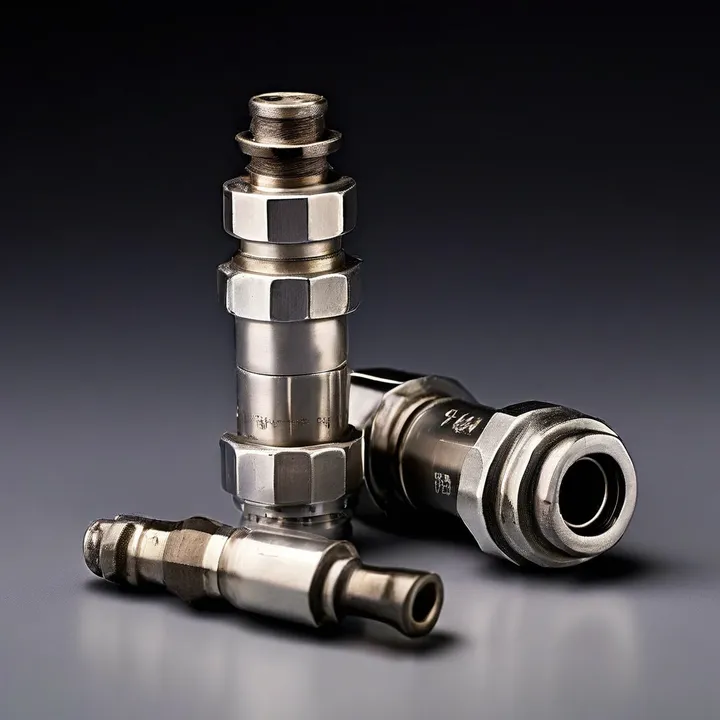 Conclusion: Mastering the Spark Plug Socket Size for Optimal Engine Health
Conclusion: Mastering the Spark Plug Socket Size for Optimal Engine Health
Choosing the correct spark plug socket size is fundamental to maintaining your vehicle’s engine health and performance. By understanding the different sizes, types of sockets, and how to select the right one, you can ensure that your spark plugs are installed and removed safely and efficiently. Remember to maintain your sockets through regular cleaning, proper storage, and routine inspections to extend their lifespan and reliability. Whether you’re a professional mechanic or a DIY enthusiast, mastering spark plug socket sizes will enhance your maintenance skills and contribute to the overall longevity of your vehicle. Invest in quality sockets, follow best practices, and keep your engine running smoothly with the right tools for the job.